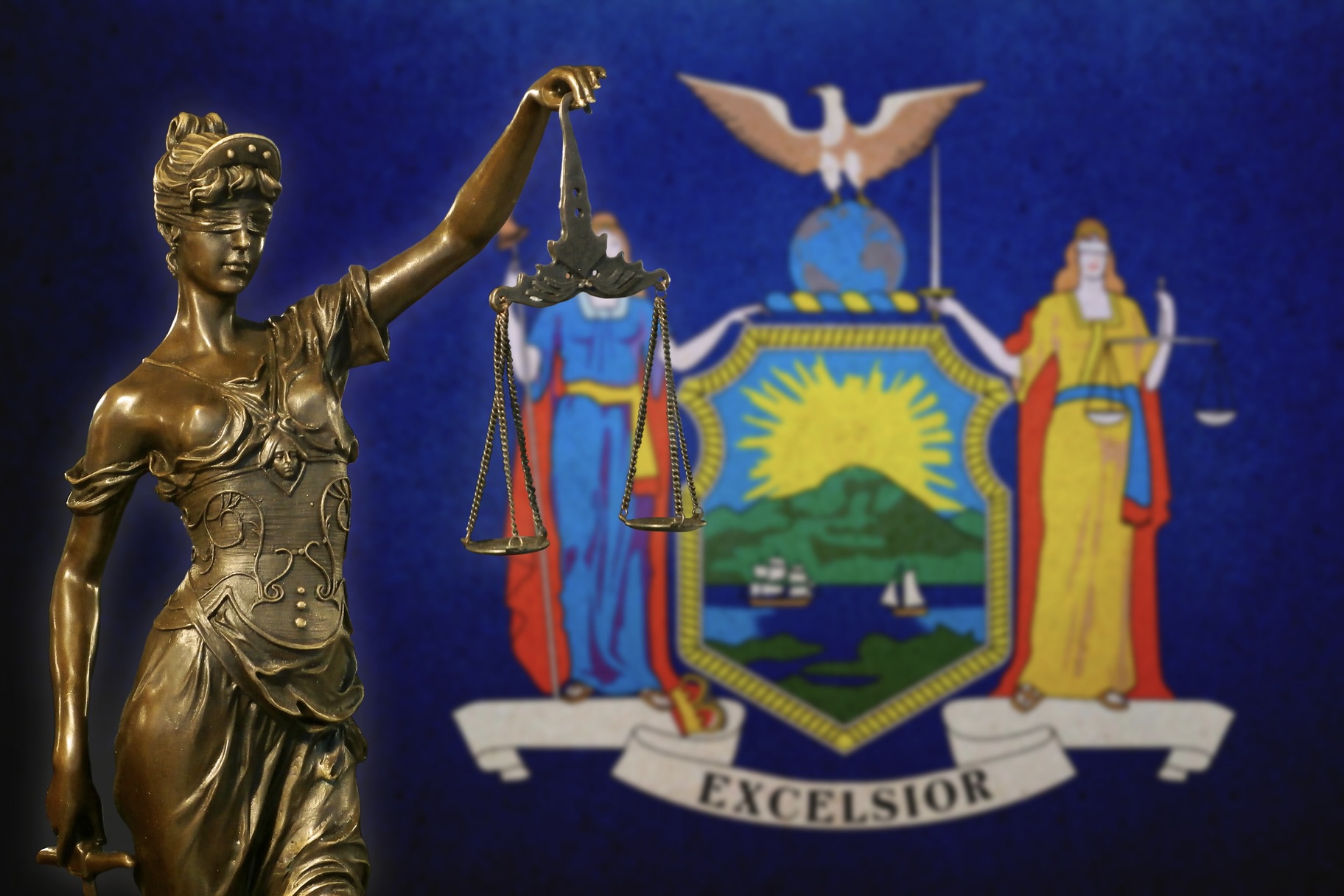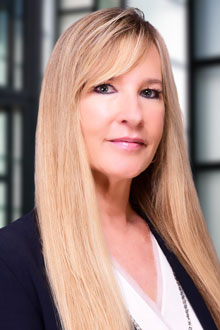New York Office Secures Rare Summary Judgment Ruling in Wrongful Death Matter Under N.Y. Labor Law, Demonstrating Importance of Thorough Investigation

New York, N.Y. (April 14, 2023) - New York Partner Jennine A. Gerrard recently secured summary judgment on behalf of the defendants in a wrongful death drowning matter under New York’s Labor Law, where the court determined that the plaintiff was the sole proximate cause of his own death – a rare finding on summary judgment. The result in this case demonstrates the significant impact that a thorough investigation, including detailed discovery and numerous site visits, may have upon the disposition of a case.
The Case
In this case, the plaintiff’s decedent, a union laborer, drowned when he fell into a 30-foot-deep effluent channel at a treatment plant in Brooklyn. At the time of the incident, he was employed by a mechanical contracting company. The company had entered into a contract with Lewis Brisbois’ clients – the owner and operator of the plant – to construct a new building and install piping as well as structural support in the plant's wastewater effluent channels.
The plaintiff sued the defendants for negligence and violations of Labor Law §§ 200, 240(1), and 241(6). The plaintiff subsequently moved for summary judgment on the issue of liability regarding the alleged violation of Labor Law § 240(1). The defendants also moved for summary judgment, seeking the dismissal of all the plaintiff’s claims.
In deciding the summary judgment motions, the court determined that the plaintiff failed to demonstrate that the drowning was the result of the defendants' failure to provide adequate safety devices in violation of Labor Law §240(1). Instead, the evidence established that at the time of the accident, the plaintiff’s decedent was working on a walkway that had 43-inch-high metal guardrails in place for fall protection. The court also concluded that the defendants successfully established that the actions of the worker in choosing to bypass the guardrail protections and not use his harness system was the sole proximate cause of his death.
Furthermore, the court explained that when a claim arises from alleged dangers in the methods or manner in which work is performed, a defendant must have the authority to supervise or control the work to be liable. The court ultimately determined that the defendants established their entitlement to judgment as a matter of law because their submissions demonstrated “that they did not have the authority to supervise or control the method or manner in which the work was performed. . . . In opposition, the plaintiff fail[ed] to raise a triable issue of fact.” As such, the court denied the plaintiff’s motion for summary judgment on the issue of liability, granted Lewis Brisbois’ motion for summary judgment, and dismissed the plaintiff’s complaint in its entirety.
Key Takeaway
This matter demonstrates the importance of conducting a detailed, thorough investigation. The defense team in this case visited the treatment plant several times to learn exactly what the safety protocols were for workers like the plaintiff’s decedent. The team spent hours learning about how the plant worked, reviewing OSHA investigations, deposing the individuals who were present at the time of the drowning, and gathering information concerning the exact nature of the worker’s actions. In addition, the defense team consulted with an individual who specialized in waste treatment plants and who inspected the plant at issue to ensure that the proper safety mechanisms were in place.
Through this intense investigation, the defense was able to present compelling facts in its summary judgment motion, which established that all appropriate safety measures were in place at the plant and that the worker took actions that contradicted the protocols. As a result, the judge in the case was able to make a rare finding on proximate cause and to issue an unusually detailed opinion. Although courts typically do not issue summary judgment for defendants in matters involving Labor Law §240 claims – nor do they usually deem plaintiffs to be the sole proximate cause of their own death – in this case, the judge went out of her way to do both. She was able to reach this conclusion because the motion papers included an abundance of persuasive facts gleaned from the in-depth investigations conducted by the defense.
For more information on this case, contact Ms. Gerrard. Visit our New York Labor Law Practice page to learn more about our capabilities in this area.
